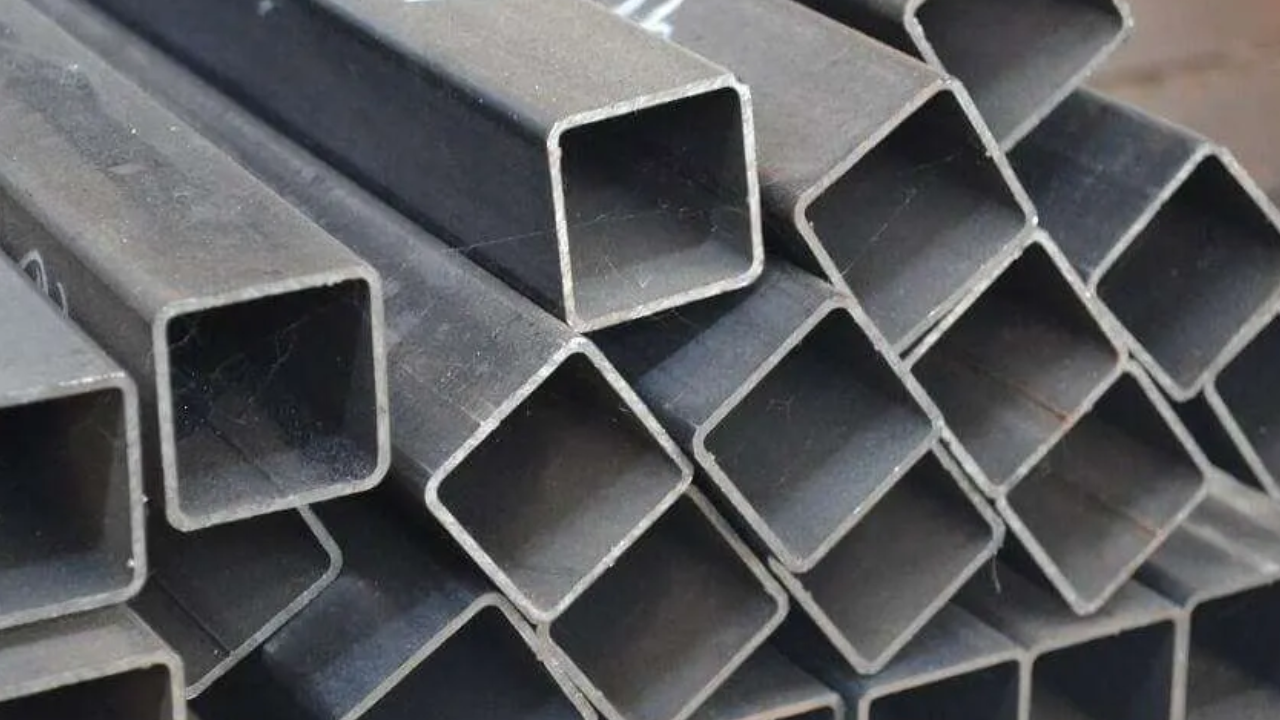Edmond likes to share design blog posts on social media and in online forums. He has a degree in Graphic Design, and he loves working with Adobe Photoshop and Illustrator. In his spare time, Zachary enjoys hiking and camping with his friends.

Structural hollow sections (HSS) are a cornerstone of modern engineering and construction, providing novel solutions for a wide range of applications. These specialized steel profiles, distinguished by their hollow geometric shapes (square, rectangular, or circular), have revolutionized structural design and functionality.
The unique properties of structural hollow sections, such as their high strength-to-weight ratio, torsional stability, and aesthetic appeal, make them essential components in a variety of sectors. Precision engineering procedures are used to manufacture structural hollow sections, which have remarkable structural integrity and material efficiency.
Their adaptability extends to building frames, bridges, architectural designs, machinery, and offshore construction, making a substantial contribution to construction and mechanical engineering progress. The structural hollow section will continue to be crucial in shaping the infrastructure landscape of today as the demand for creative and sustainable building materials grows.
How Are Structural Hollow Sections Tested For Quality?
Structural hollow sections go through extensive quality testing to ensure they meet industry standards. Dimensional checks for correctness, visual inspections for surface defects, and mechanical property testing, such as tensile and impact tests, are all common tests. Non-destructive testing procedures, such as ultrasonic and radiographic testing, are also used to detect internal faults while preserving the structural integrity of the sections, resulting in high-quality and dependable performance.
Common Applications of Structural Hollow Sections
Structural hollow sections, commonly known as hollow structural sections (HSS), play a pivotal role in modern construction and engineering. These specialized steel profiles, with their unique hollow design, offer a wide range of applications across diverse industries. In this article, we will delve into the various uses and advantages of structural hollow sections, highlighting their importance in shaping contemporary structures.
Applications in Construction
Structural hollow sections are commonly employed in building frames because they are both durable and aesthetically appealing. The lightweight nature of HSS allows for easy handling during construction while maintaining structural integrity. Square and rectangular hollow parts are especially common for framing purposes. The adaptability of structural hollow sections makes them an excellent choice for bridges and other infrastructure projects.
Circular hollow sections are commonly used for bridge columns because of their high load-bearing capacity and resistance to torsional forces. Architects value the aesthetic appeal of structural hollow parts, which allow for innovative and modern designs. Their sleek and clean appearance, particularly in exposed steel structures, enhances the architectural aesthetics of buildings.
Applications in Mechanical Engineering
Structural hollow sections are used to manufacture machinery and equipment that require a high strength-to-weight ratio. HSS’s economical use of material benefits components such as frames, supports, and braces. In the field of automotive engineering, structural hollow sections help to build lightweight vehicle structures.
This increases fuel efficiency while maintaining safety and durability. HSS is used in the manufacture of material-handling equipment like conveyor structures and storage racks. The intrinsic robustness of these portions ensures that such systems operate consistently.
Applications in Offshore and Marine Structures
Structural hollow sections (HSS) are extensively used in offshore and marine structures due to their unique mix of strength, endurance, and corrosion resistance. These specialized steel profiles are widely used in the construction of offshore platforms, where their great load-bearing capability provides stability in harsh marine environments.
HSS components contribute to the development of strong ship superstructures by providing the necessary strength while reducing overall weight for increased fuel economy. Piers, docks, and marine construction also benefit from HSS because they can survive harsh marine conditions, including saltwater exposure. HSS adaptability and reliability are critical to improving the safety and durability of offshore and maritime installations.
Application in Weight Efficacy
Structural hollow sections (HSS) play an important role in improving weight economy in a variety of applications. Because of their hollow design, HSS has an extremely high strength-to-weight ratio, making them excellent for weight-sensitive structures. In areas such as automotive engineering, HSS components contribute to the lightweight design of automobiles, increasing fuel efficiency without sacrificing safety.
Similarly, in aerospace applications, the use of HSS helps to reduce total weight, which improves the efficiency of aircraft structures. The weight efficacy of HSS extends to a variety of industries, including machinery, transportation, and construction, where durable yet lightweight materials are critical for optimizing performance and resource utilization.
Sum Up
Structural hollow sections have become an essential component of modern architecture and engineering, offering a versatile and practical solution for a variety of applications. Their unusual design, which combines strength and lightweight features, makes them useful for the construction of buildings, bridges, machinery, and offshore structures. As technology and engineering processes advance, the role of structural hollow sections in shaping tomorrow’s infrastructure remains critical.
